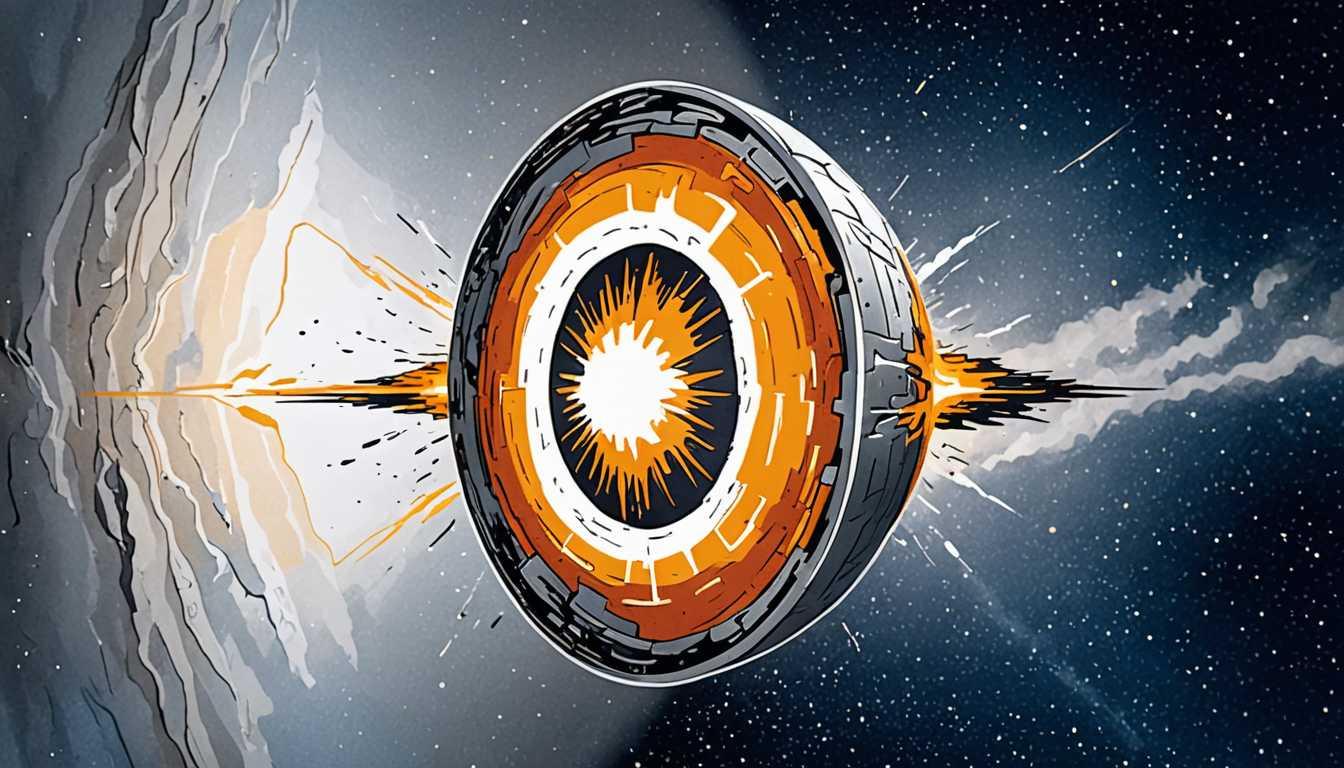Beneath the Ice: Antarctica's Hidden Discoveries
December 2024
JSTOR Daily
Introduction
Get ready to embark on an icy adventure! "Antarctica Unveiled: From Accidents to Airborne Labs" on JSTOR Daily takes you through a wild tale that begins with a plane crash in Antarctica and a surprising twist of fate. As scientists scrambled to fix faulty instruments, they stumbled upon groundbreaking technology to map the secrets hidden beneath the ice. Discover how Cold War curiosity led to epic collaborations and unveil a world beneath the glaciers—it’s cooler than you think!
READ FULL ARTICLEWhy It Matters
Discover how this topic shapes your world and future
Uncovering the Secrets Beneath the Ice
Understanding the remarkable story of Antarctica's mapping is not just about ice and snow, it reveals crucial concepts of how science evolves through collaboration and innovation. In the 1960s and 1970s, a series of tragic plane crashes led to groundbreaking discoveries about the hidden landscapes beneath the Antarctic ice. This period highlights the significance of teamwork among scientists from different countries, showcasing how shared knowledge can solve complex problems. The implications of these discoveries stretch beyond just Antarctica, they influence our understanding of climate change, global sea levels, and even planetary science, as similar techniques are now used to explore other celestial bodies. This fascinating intersection of history, technology, and environmental science holds relevance for you today, as it illustrates the importance of problem-solving and adaptability in your own academic pursuits.
Speak like a Scholar
Collaboration
Working together with others to achieve a common goal. In this case, scientists from various countries teamed up to explore Antarctica.
Echo-sounding
A technique that uses sound waves to measure the depth of ice or water. It helped scientists discover what lies beneath the Antarctic glaciers.
Remote sensing
The use of technology to gather information about an object or area from a distance, often using satellites or aircraft. This technique is crucial for mapping glaciers and other landscapes.
Topography
The arrangement of the natural and artificial physical features of an area. Mapping Antarctica’s topography helps us understand its glaciers and their behavior.
Innovation
The act of creating new ideas or methods. The development of new technology for measuring ice depth is a prime example of innovation in science.
Interference
A disturbance that affects signals or data. In this context, scientists had to deal with signals bouncing incorrectly, which led them to discover new techniques for measuring ice depth.
Independent Research Ideas
The Impact of Human Activity on Antarctic Glaciers
Investigate how climate change and human activity are affecting the glaciers in Antarctica. Exploring this topic can reveal the broader implications for global sea levels and ecosystems.
The Evolution of Remote Sensing Technology
Dive into how remote sensing has changed from the Cold War to present-day applications, including its uses in other planets and moons. This exploration can show you how technological advancements are pivotal for exploration.
International Scientific Collaboration During the Cold War
Examine the role of international partnerships in scientific discovery during the Cold War era, focusing on Antarctica. This topic opens up discussions about politics, science, and diplomacy.
The Role of Accidental Discoveries in Science
Research other instances in history where accidental discoveries led to significant advancements, similar to how the plane crash led to ice mapping. This can highlight the unpredictable nature of scientific research.
The Future of Antarctic Research
Investigate current technologies and methods that scientists are using to study Antarctica today. This could lead to discussions about ethics, sustainability, and the importance of preserving our planet's polar regions.
Related Articles

Exploring Japan's Tsunami: A Deep Dive
January 2025
Cornell News Highlights

Inner Core Secrets: Not As Solid As Thought!
February 2025
Cornell News Highlights

Galaxy Formation Unveiled: The PJ0116-24 Revelation
July 2024
Cornell News Highlights

Unmasking Tropical Water Dynamics with Tech
August 2024
Berkeley Engineering

Earth's Inner Core: A Slower Spin Revealed!
June 2024
Cornell News Highlights